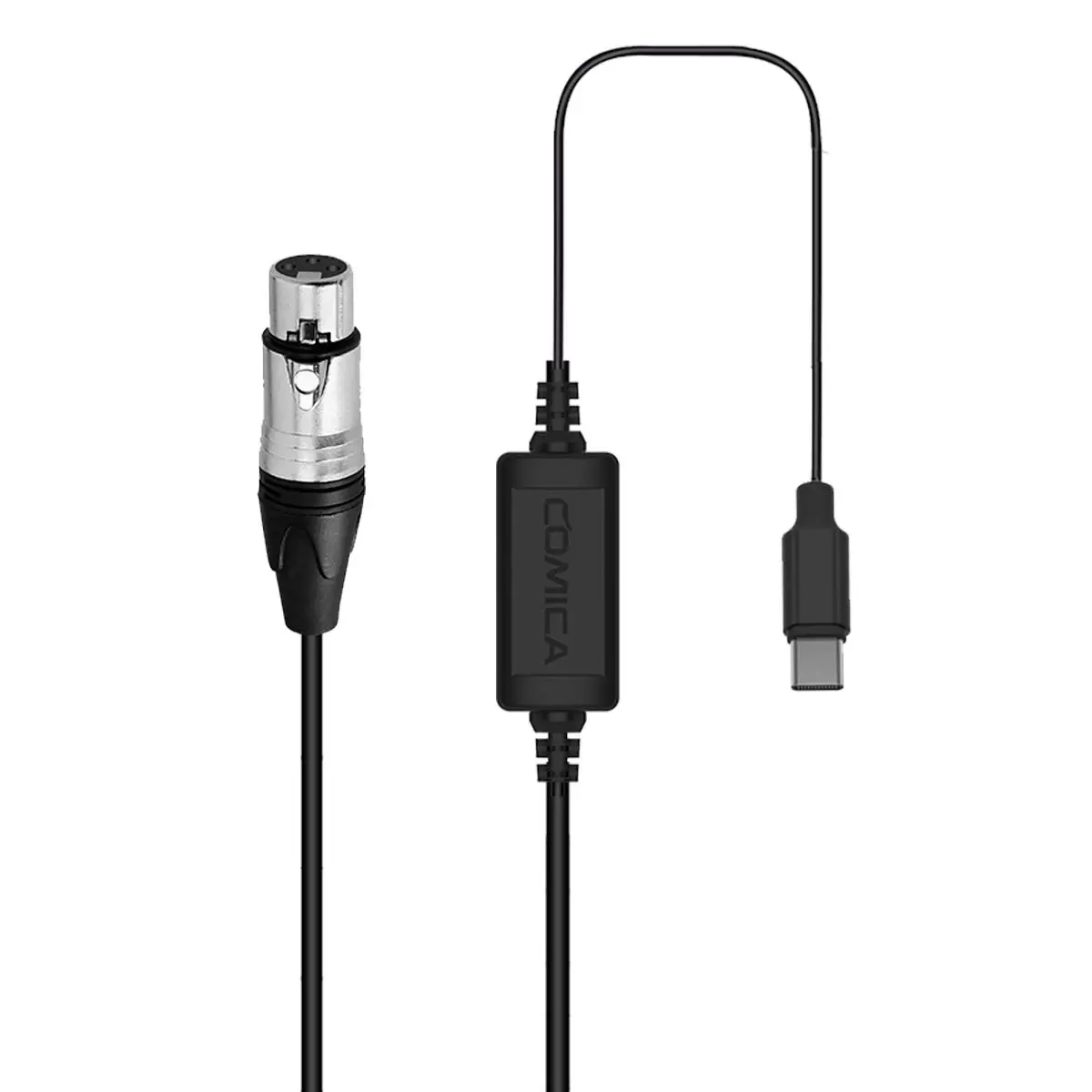How does a USB-C to XLR adapter work?


USB-C to XLR adapters have become increasingly popular in the audio industry, as they provide a convenient solution for connecting XLR microphones and other audio equipment to devices with USB-C ports. These adapters serve as a bridge between the analog world of XLR connectors and the digital realm of USB-C, allowing users to record high-quality audio directly into their computers or mobile devices. In this article, we will explore how USB-C to XLR adapters work and discuss their various applications and benefits.
Understanding the Basics
To comprehend how a USB-C to XLR adapter functions, it is essential to have a basic understanding of the components involved. Let’s break it down:
1. USB-C Connector: USB-C is a versatile and widely adopted interface that supports both power delivery and data transfer. It is reversible, meaning it can be plugged in either way, making it user-friendly and convenient.
2. XLR Connector: XLR connectors are commonly used in professional audio applications. They consist of three pins, each serving a specific purpose – one for the ground, one for the positive signal, and one for the negative signal. XLR connectors are known for their balanced audio transmission, which helps reduce noise and interference.
3. Audio Interface: An audio interface is a device that converts analog audio signals into digital data that can be processed by a computer or mobile device. It typically includes preamps, converters, and other circuitry to ensure high-quality audio recording.
The Functionality of USB-C to XLR Adapters
USB-C to XLR adapters act as a bridge between the XLR microphone and the USB-C port of a computer or mobile device. They enable the analog audio signal from the microphone to be converted into a digital format that can be recognized and processed by the device.
Here’s how the process works:
1. Analog to Digital Conversion: When you connect an XLR microphone to a USB-C to XLR adapter, the adapter first converts the analog audio signal from the microphone into a digital format. This conversion is performed by an analog-to-digital converter (ADC) present in the adapter. The ADC samples the analog signal at regular intervals and assigns a numerical value to each sample, creating a digital representation of the audio waveform.
2. USB-C Data Transfer: Once the analog audio signal is converted into a digital format, the USB-C to XLR adapter sends the digital data to the connected device through the USB-C port. The USB-C port acts as both a power source and a data transfer interface, allowing for simultaneous audio recording and device charging.
3. Digital Audio Processing: After the digital audio data is received by the device, it can be processed using various software applications. This includes tasks such as mixing, editing, and applying effects to the recorded audio. The USB-C to XLR adapter ensures that the digital audio data is transmitted accurately and without any loss of quality.
Applications and Benefits
USB-C to XLR adapters have a wide range of applications and offer several benefits to audio enthusiasts and professionals. Here are some notable use cases:
1. Audio Recording: USB-C to XLR adapters allow users to connect XLR microphones to their computers or mobile devices, enabling high-quality audio recording. This is particularly useful for podcasting, voiceovers, music production, and other audio recording applications.
2. Audio Mixing: These adapters can also be used to connect XLR-equipped audio mixers to computers or mobile devices. This allows for seamless integration of analog audio sources into digital audio workflows, making it easier to mix and process multiple audio signals simultaneously.
3. Versatility and Portability: USB-C to XLR adapters are compact and portable, making them ideal for on-the-go recording or live sound applications. They eliminate the need for bulky audio interfaces and provide a convenient solution for capturing professional-quality audio with minimal equipment.
4. Compatibility: USB-C is becoming increasingly prevalent in modern devices, including laptops, tablets, and smartphones. USB-C to XLR adapters ensure compatibility between XLR microphones and these devices, allowing users to leverage the power of their existing equipment without the need for additional adapters or converters.
In conclusion, USB-C to XLR adapters serve as a crucial link between XLR microphones and devices with USB-C ports. They facilitate the conversion of analog audio signals into digital data, enabling high-quality audio recording and processing. These adapters offer versatility, portability, and compatibility, making them an essential tool for audio enthusiasts and professionals alike. Whether you’re a podcaster, musician, or sound engineer, a USB-C to XLR adapter can greatly enhance your audio recording experience.
Recent Posts
How do I create an engaging and informative online quiz or assessment?
Creating an engaging and informative online quiz or assessment can be a powerful tool for… Read More
What are the most effective methods for managing and reducing work-related stress in the hospitality industry?
Work-related stress is a common issue in the hospitality industry, where employees often face long… Read More
How can I improve my assertiveness and communication skills in a leadership position?
In a leadership position, assertiveness and effective communication skills are crucial for success. Being able… Read More
What are the key elements of a successful employee recognition and rewards program?
Employee recognition and rewards programs play a crucial role in motivating and engaging employees, as… Read More
How do I effectively manage and respond to customer feedback and reviews?
Customer feedback and online reviews play a crucial role in shaping a company's reputation and… Read More
What are the best strategies for effective time management as a stay-at-home parent?
Effective time management is crucial for stay-at-home parents who juggle multiple responsibilities on a daily… Read More